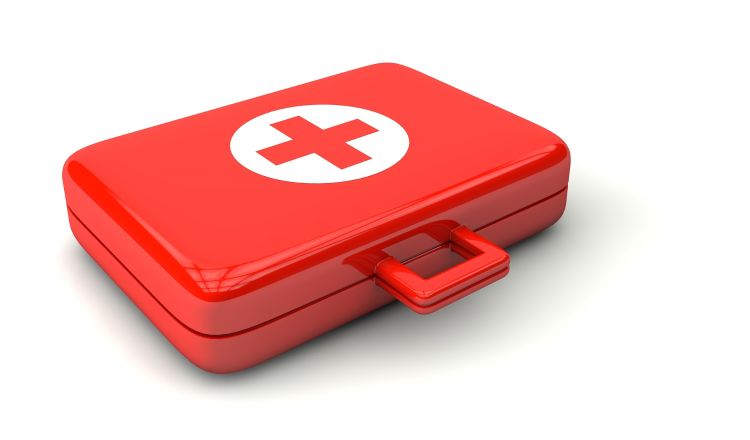Be prepared: Create a family emergency plan
Disasters can occur any time or place. Be ready with a family emergency plan—preparation is vital to safety and well-being.

At some point, we’re all going to face something as inconvenient as hours without electricity or possibly as challenging as a catastrophe. When natural disasters occur, being prepared will make a huge difference in what happens at the point of crisis. Depending on your location and the disaster, whether it be floods, tornados, ice storms or a fire, and whether you are “sheltering in place” or “relocating,” it is important to be ready and prepared.
Having a family emergency kit is important when disaster strikes. Many nonprofit organizations may offer these emergency preparedness kits or provide the supplies that go in a kit. Reach out to your local emergency management director to see if there are kits locally.
A family emergency kit should sustain your family for 72 hours. The kit can be assembled in an accessible plastic bin or water-proof duffle bag. As you build your kit, place items in labeled, easy-to-seal plastic bags. A basic family emergency kit could include the following items:
- One gallon of water per person for at least three days. This is for both drinking and sanitation.
- Medications, non-prescription medications such as pain relievers, anti-diarrhea, essential oils, contact lens solution, personal hygiene items, etc.
- First aid kit items such as band-aids, antibiotic ointment, cloth tape, compress dressings, non-latex gloves and instant ice compress.
- Towels and a sleeping bag or blanket for each person.
- Moist towelettes, garbage bags and plastic ties for personal sanitation.
- Specific health or food items (such as infant formula) that each family member might require.
- Non-perishable food and a manual can opener for food.
- Paper cups, plastic utensils, paper towels (think mess kits).
- Basic home tools such as a wrench or pliers for turning off utilities; scissors; duct tape for sealing windows and doors; flashlight; and a large plastic sheet or tablecloth.
- Extra batteries of various sizes.
- Whistle to notify location and signal for help.
- Household chlorine bleach and medicine dropper to disinfect water.
- Paper, pencils, games, puzzles and other non-technology-based activities.
- Multiple charging devices and a backup battery for mobile devices.
- Dust masks for family members.
- Important family and personal documents, such as insurance policies and identification cards, saved electronically or in a waterproof portfolio or envelope.
Pets are often overlooked when creating a family emergency plan. Since over 50% of all homes include at least one pet, you should consider them as family members when designing your emergency kit. The Center for Disease Control and Prevention recommends that anyone with a pet have an emergency plan that includes them as well. They have even developed an emergency checklist and other documents for pet owners. A pet preparedness kit might include the following:
- Your pet's regular food in waterproof, clear plastic bags.
- Water.
- Leash and collar.
- Non-breakable, plastic or light weight bowls.
Additionally, in labeled, waterproof, clear plastic bags:
- Photo of your pet or identification and a photo of you with your pet.
- Information if your pet has been “chipped.”
- Medications your pet needs.
- Immunization and vet records (keep both updated).
- Animal first aid kit.
- Contact list of pet-friendly hotels, veterinarians and out-of-town friends and family.
- Toys, rope and sanitation bags.
- Pet carrier.
Utah State University’s Discover 4-H series has a free curriculum entitled, “4-H Emergency Preparedness: Surviving a Zombie Apocalypse” that provides more information on preparing for an emergency.
Planning ahead can truly make a difference in your family’s safety and Michigan State University Extension encourages families to find ways to talk about and prepare for emergencies.



 Print
Print Email
Email





